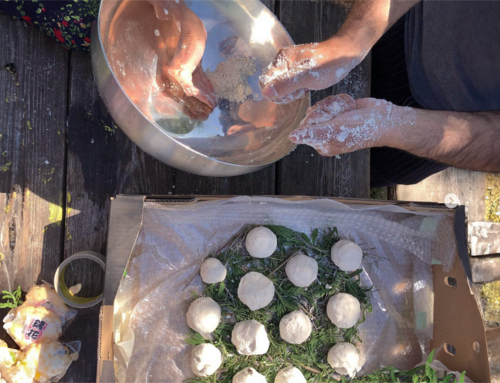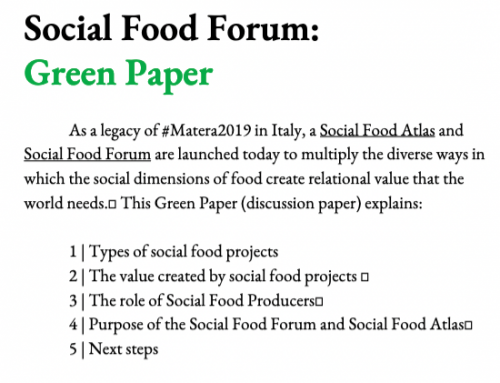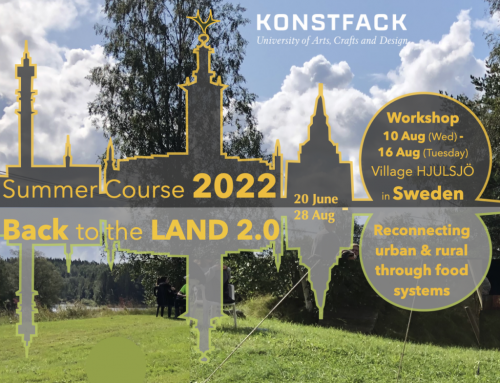Even if you never usually prepare a speech, we recommend you prepare a good first sentence: this gets you, and us, off to a strong start.
Allow one hour of preparation for every minute you will be on stage.
Get help. There’s no logical reason why a good designer or researcher should be a good presenter or communicator. Many great writers became great thanks to dedicated editors behind the scenes.
See if you can persuade an editor to structure and simplify your story. Pay a trainer to teach you how you to present.
Aim at 90-120 words a minute.
Less is more. Cut most of it out. You will always have more things to tell me than time to do so – so tell me less. Never try to cram everything you know into a limited time by speaking fast.
When preparing your opening, assume we know nothing. Nothing! The first two minutes of your presentation should answer the following questions that are rattling around in my addled mind:
“Where am I?”
“Who are these people?”
“To what question is this story an answer?”
Always answer that last question! State, explicitly, the insight, discovery or invention you have made, that you are giving me to take away.
Do not use buzzwords, technical jargon, or private language.
Avoid using the incredibly irritating words “we are very interested in….” I don’t care what you are interested in. I care what I am interested in.
Only tell me about your process or methodology if the process or methodology is the valuable thing I am going to take away.
Otherwise stated: don’t tell me how you got there, tell me what you found when you got there.
Limit yourself to one sentence per slide. Or one word.
Have your hair cut a week before you go on stage – not the day before.
When you go on stage, we will introduce you; you do not need to say who you are. Avoid saying things like:“hello…nice to be here…thanks for inviting me…” etc.
Walk purposefully to the podium. Once you get there, calmly sort out your papers, computer, and water. Wait a moment or two for the audience to settle down, and focus on you. And then start your story.
Do not speak fast! Even if you are an experienced speaker, you can probably afford to speak 25% more slowly. (If you speak so fast that people are left behind, we will tell you). And don’t forget: for 75% of the audience, English is their second or third language.
Non-English-speakers won’t complain if you speak too fast – but they will stop listening.
Never, ever, try to sell us something. Our crowd is intolerant, to the point of extremism, of sales pitches for products or companies. If your slides are disfigured by corporate logos, our crowd will react negatively.
Our audience can be perfectly happy if you read out a text – so long as you read it slowly. Nowadays, most of you talk to slides – so the formal set piece can be a nice change.
Silence can be very powerful. Don’t feel you have to fill up every second with the sound of your voice.
A successful story usually contains one or two key ideas – not more – that the speaker wants listeners to remember. Long lists of concepts, however brilliant they are, are hard to absorb – and easier to forget. Remember that audiences are like bears; they remember, at best, two or three cubs, or concepts, at a time.
It can help to include a real-life person in your story. Connect with the here-and-now – something that happened that day.
When using large or complex numbers, it helps to make comparisons: “it’s like…”. If you say “our eco product is 25% better”, I will give you a hard time during the Q+A. What is the total, of which your thing is 25%?
Never, ever present for more time than you promise to in the programme. If that’s ten minutes do it in ten — not a second more.
Sometimes people end their presentation with a sentence like: If I want to leave you with one question today, it is this: _________. This works well.
Don’t thank the audience fopr being swell, the organisers for inviting you, your family, your dog. Just end with a clear, memorable, simple question or thought. Leave us thinking, not fidgeting.
MOST IMPORTANT TIP OF ALL: Enjoy! and, Treat these tips as suggestions, not instructions. Feel free to ignore all of the above.




